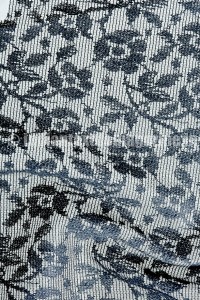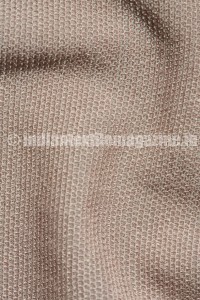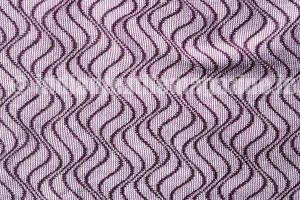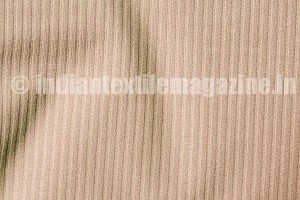With its special collection based on Tencel lyocell fibre, LE Textile GmbH is offering a soft, supple handle, the typical look of a natural-fibre product, and outstanding comfort. These soft fabrics also offer advantages for the environment. LE Textile has focused on the environmental aspects in its use of materials and production processes.

A pioneer in the production of warp knits labelled as “sustainable”, LE Textile has been known for some time on the market under its old name of Elastic Textile Europe. This company, which is based in Neukirchen, produces stretch fabrics and lace for lingerie, swimwear and sportswear. Products from LE Textile are also used in the medical as well as automotive sector.
This warp knitting specialist has many years of experience and a history of dynamic development – strengths that it has brought to its association with the Lauma Fabrics Group. Since 2013, the company belongs to this Latvian-based manufacturer, and is now known as LE Textile. The Lauma Fabrics Group fully supports the ecological ethos of its German subsidiary.

In 2006, Elastic Textile Europa, as it was then known, developed a stretch knitted fabric from eco-cotton and the elastomer, Dorlastan Type V550, which was awarded the Cradle to Cradle Certificate of the EPEA Internationale Umweltforschung GmbH (Environmental Protection Encouragement Agency). Triumph was involved in the subsequent processing stages. This making-up company produced the first, and so far, the only recyclable bra, which attracted the interest of the public at the Nutec trade fair in November 2008 in Frankfurt.
The next phase of development was in 2014 when Lenzing’s Tencel fibres were used instead of eco-cotton. The first prototype was premiered at Interfilière in Paris in July that year, and other production-ready items were shown at the next Interfilière in January 2015. Discussions were held at these fairs concerning the collections made from Tencel. “We were showing something completely new with these fabrics, which stimulated the interest of the visitors we met,” explained Harald Mai, Director of Development at LE Textile.
This experienced warp knitting specialist gathered many new ideas from these discussions which he incorporated into the further development of the Tencel collection. The results of his work are clear to see. The fabrics made from Tencel were being displayed at the Fabric Start exhibition in Munich in February last. They were one of the reasons why many of the visitors, who were particularly interested in their environmentally friendly features, paid a visit to Lauma’s stand.

A full range of lingerie, apparel textiles
Lace raschel machines and high-speed raschel machines in the RSE series are used to produce the extremely comfortable, environmentally friendly fabrics made from Tencel fibres. Top-quality spun yarns having first-rate mechanical properties are used. These ensure that fibre fly does not cause any problems during processing.
The previously used Dorlastan Type V550 elastomer was used to provide elasticity in the sustainably produced warp-knitted textiles. This product from Asahi Kasei was granted the Environmental Compatibility Certificate by the Hohenstein Laboratories in November 2013. A special line in the collection also contains polyamide to ensure that the fabrics can mould to the body.
The following types of fabrics can be produced from the yarns:
* Smooth, two-way-stretch fabrics having a dense surface and soft handle, produced on an RSE raschel machine in a gauge of E 28
* Lightweight, all-over-patterned lace produced on a lace raschel machine in a gauge of E 24 (Fig. 1)

* Tulle having two different performance profiles, depending on the percentage of elastane used, and exhibiting a distinct, natural look, also produced on an RSE raschel machine in a gauge of E 28 (Fig. 2)
* Raschel-knitted fabrics with geometric patterns and two-colour effects produced by the package dyeing of polyamide and Tencel (Fig. 3)
* Fabrics with a ribbed construction on the surface and two-way stretch, produced on an RSE 5 EL in a gauge of E 28 (Fig. 4).